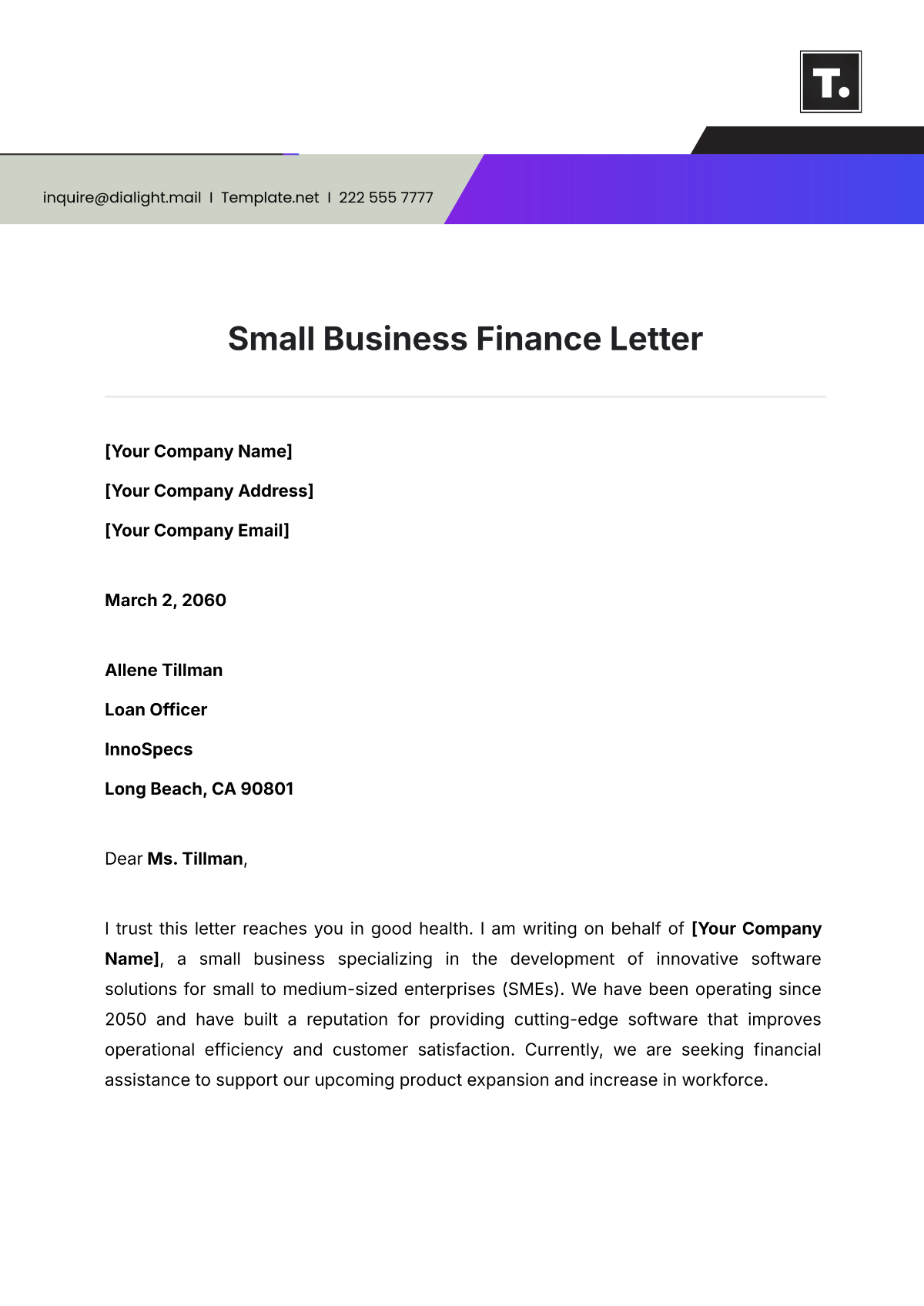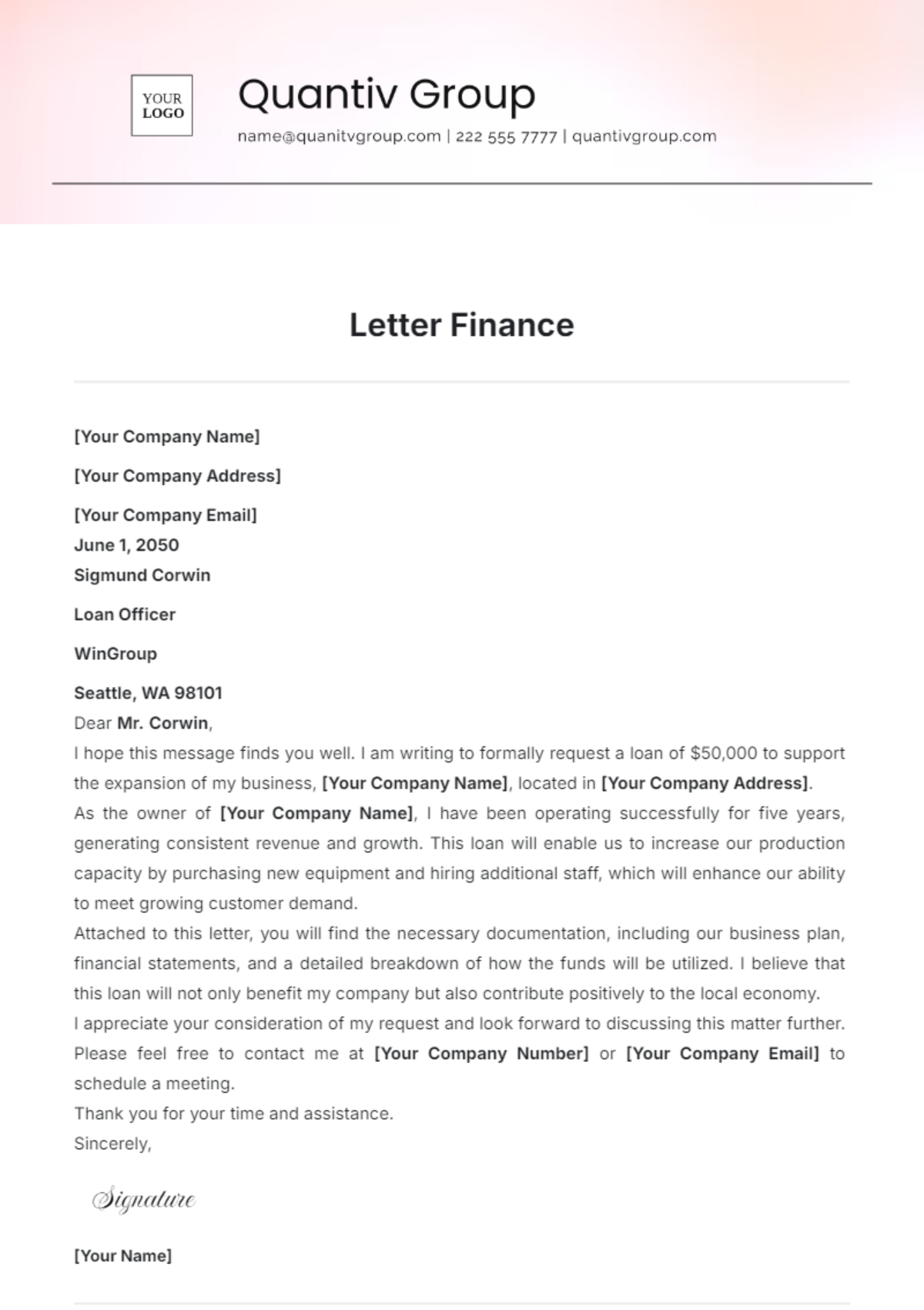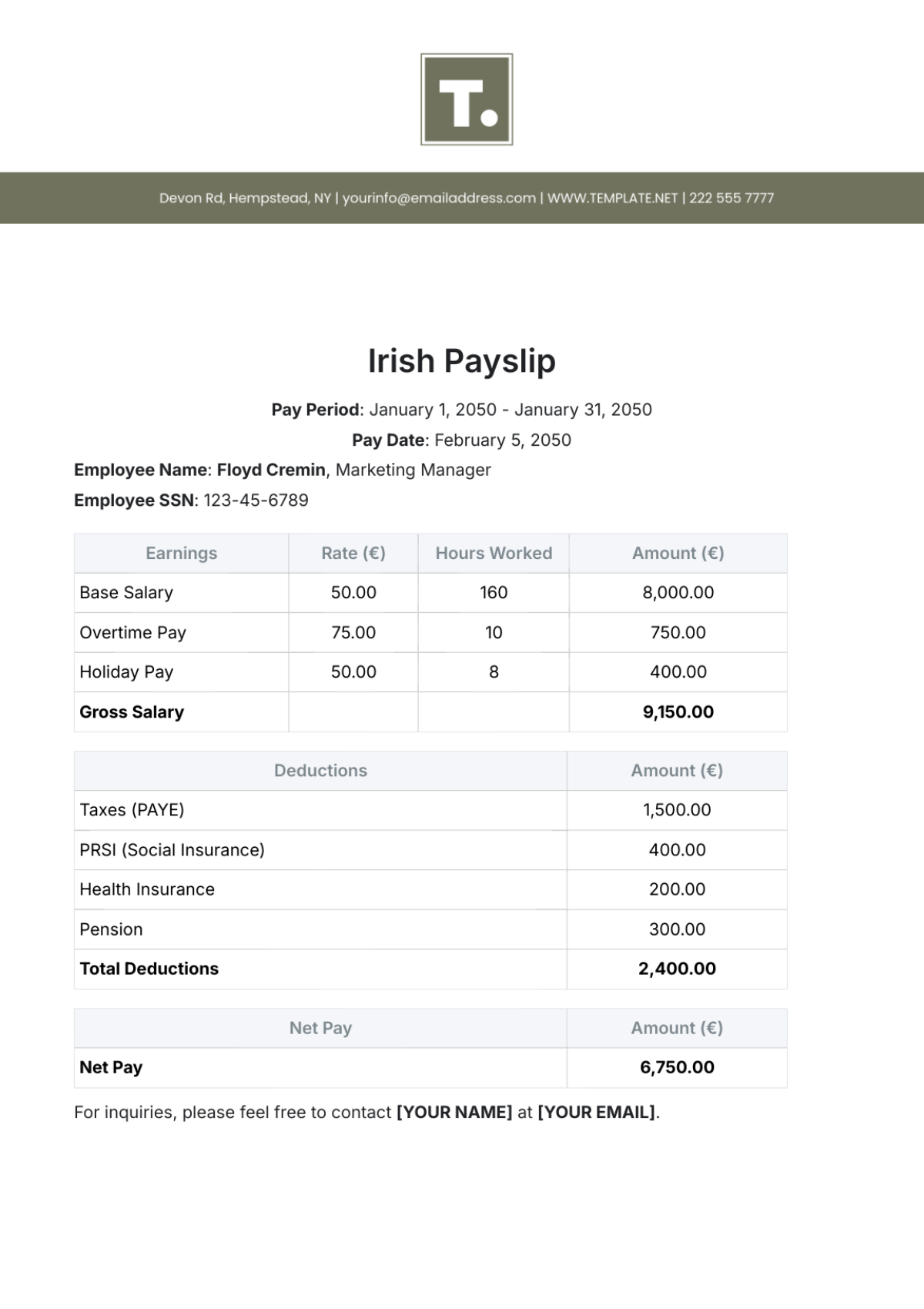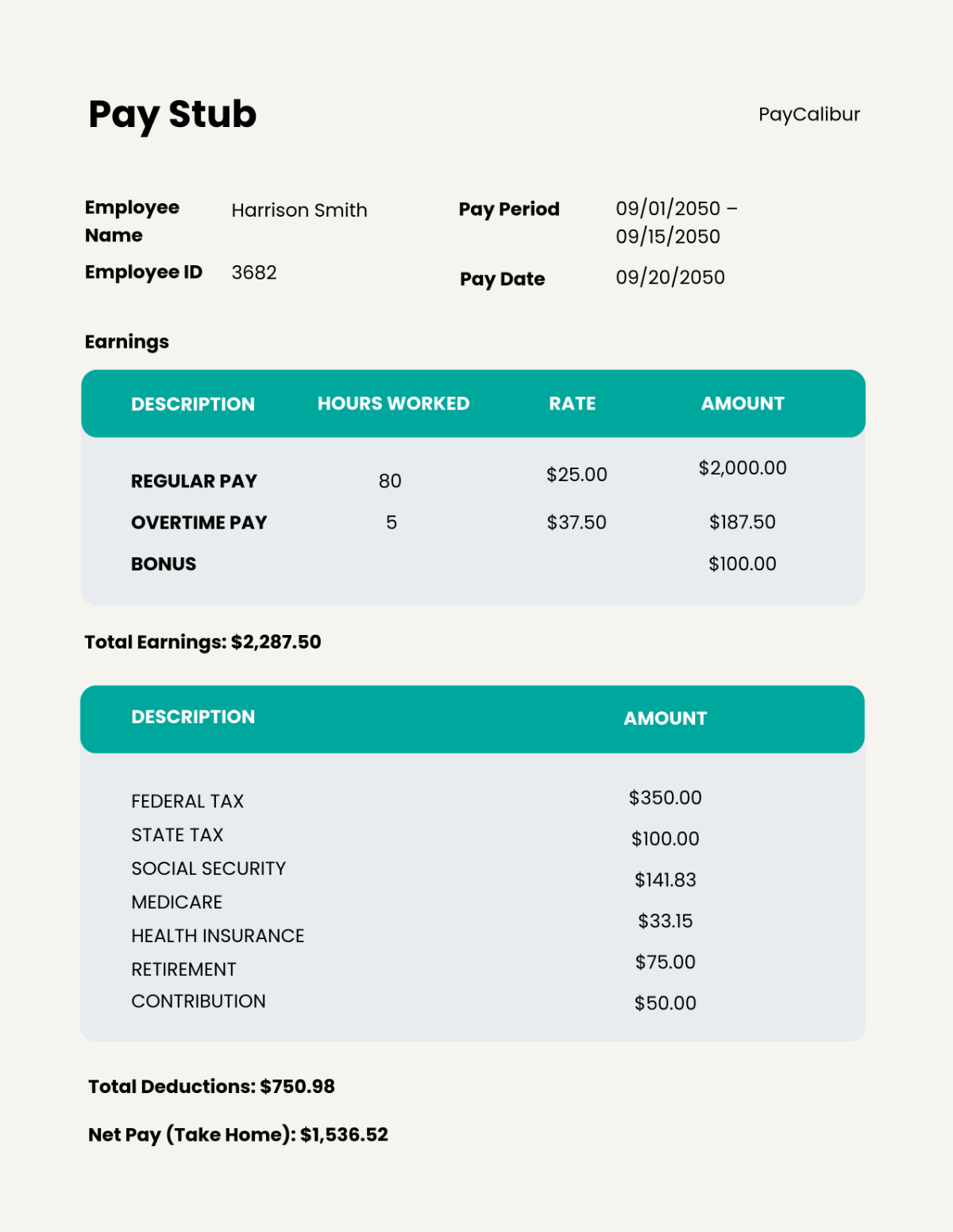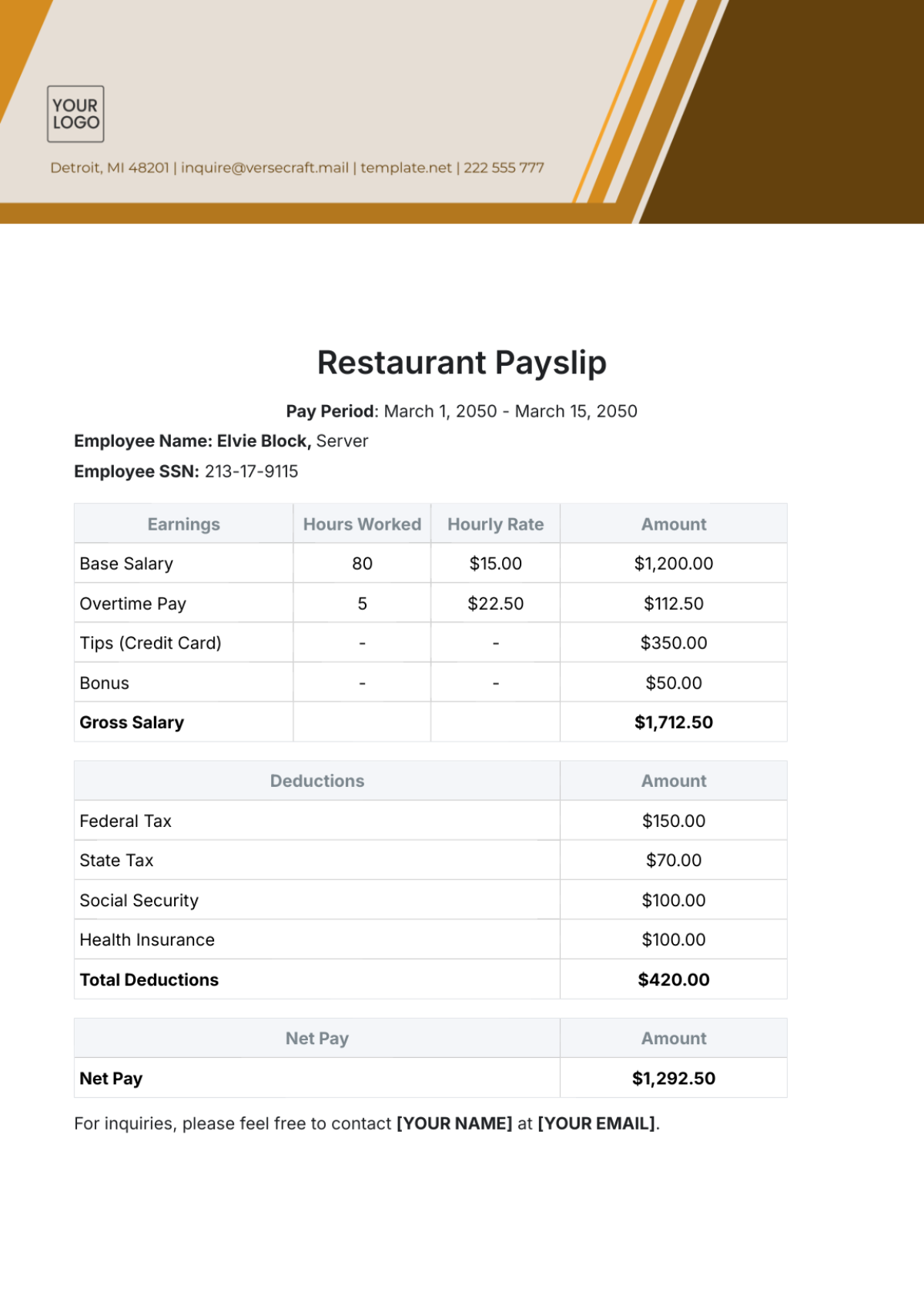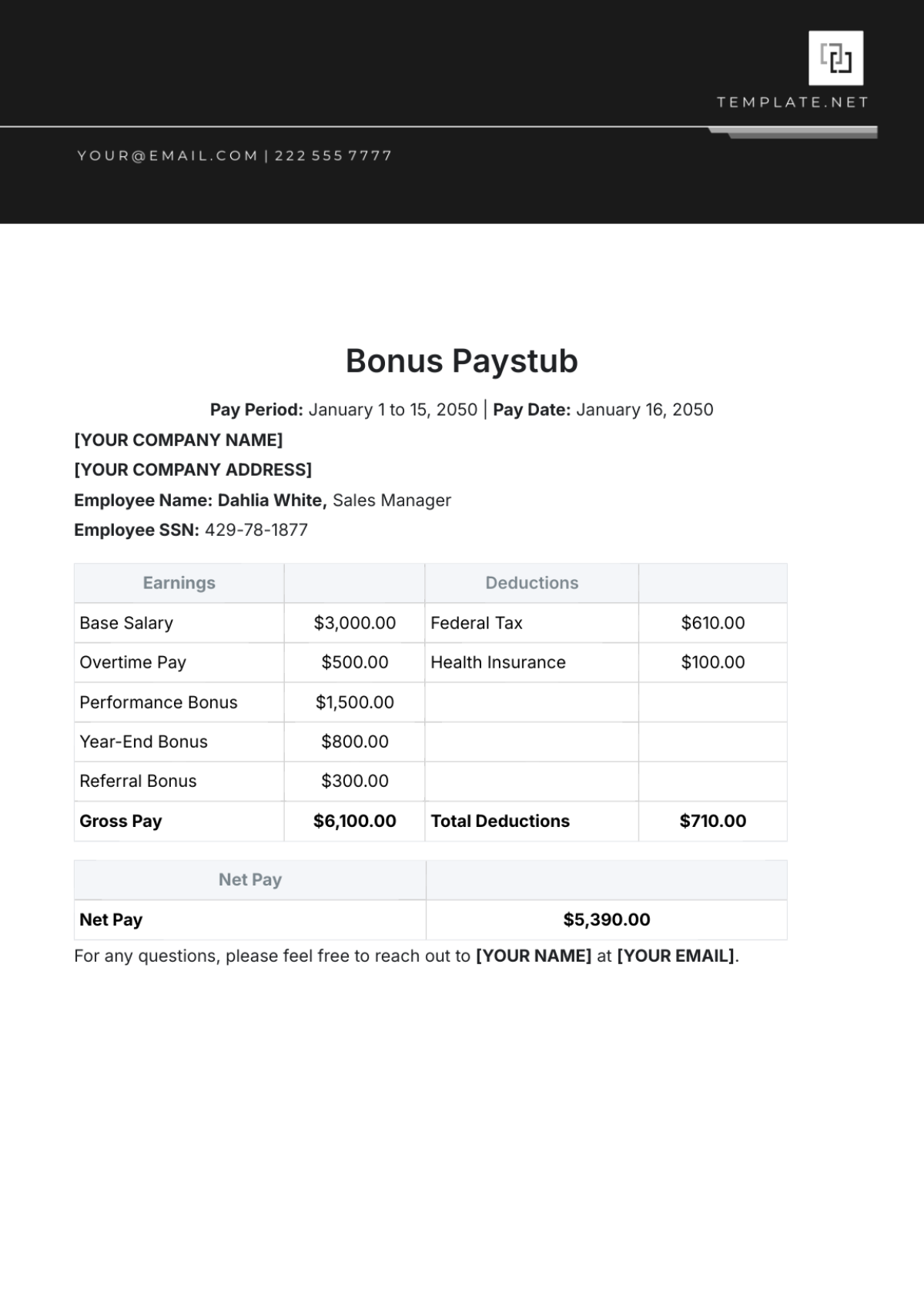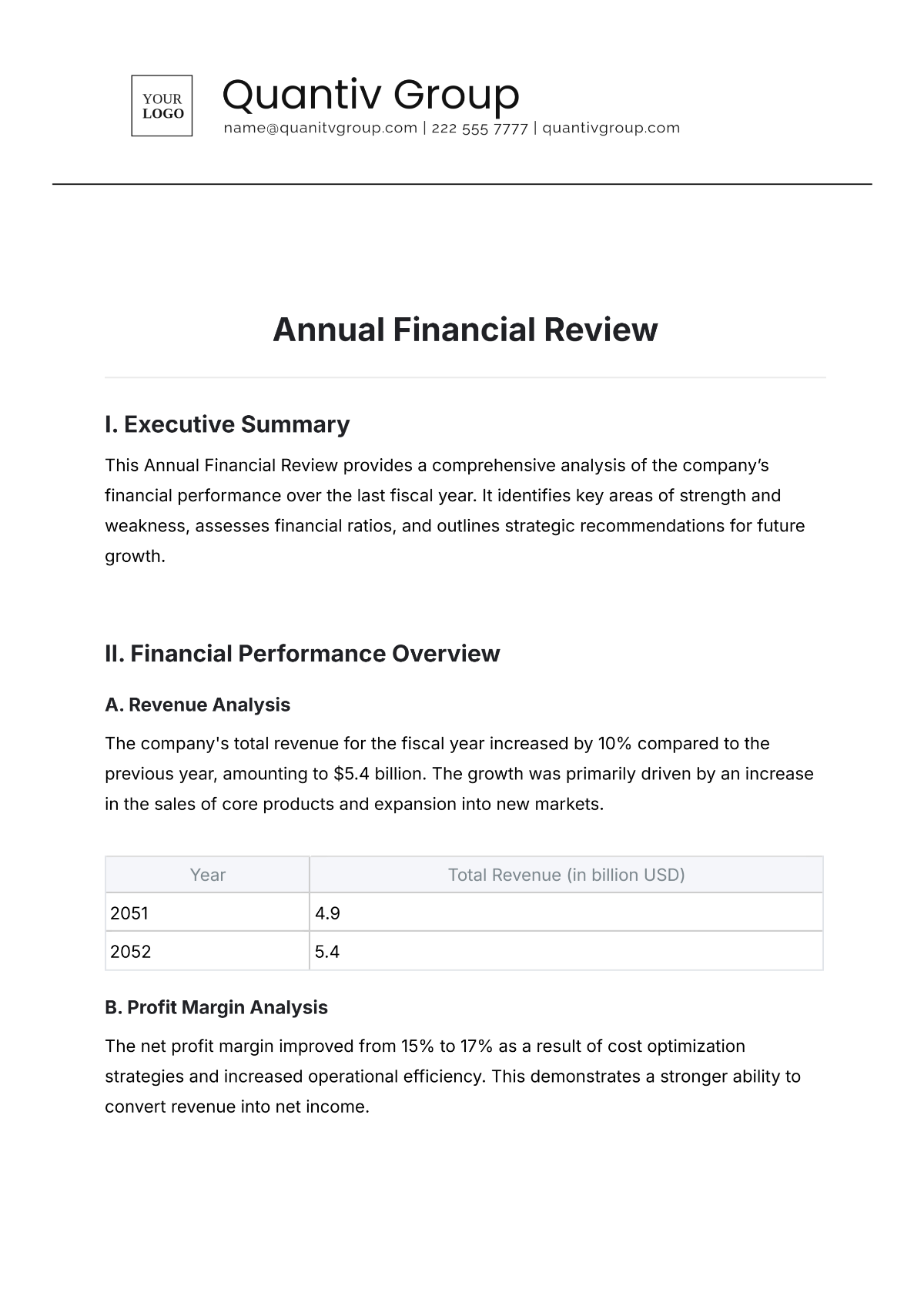Grocery Store Refunds SOP
I. Introduction
A. Purpose
This Standard Operating Procedure, hereinafter referred to as SOP, has been meticulously crafted with the specific intention of standardizing the refund process at [Your Company Name]. This SOP aspires to guarantee that every refund request submitted by customers is processed both efficiently and fairly. This document is created to maintain and enhance customer satisfaction by presenting a well-defined and transparent framework for addressing and managing requests for refunds.
By adhering to the guidelines and protocols outlined in this SOP, the staff of [Your Company Name] will consistently apply the store’s policies and procedures in a uniform manner, thereby ensuring equitable treatment for all customers and upholding the store’s commitment to excellent service.
B. Scope
This Standard Operating Procedure (SOP) is relevant to every employee who plays a role in the refund process. This includes but is not limited to cashiers, customer service representatives, and store managers. The SOP covers all kinds of refunds that can be issued, whether they involve providing cash refunds, reversing credit card charges, or issuing store credit to customers. Furthermore, the document provides detailed instructions and procedures for managing a variety of refund scenarios, including those involving items that are damaged, expired, or incorrectly provided.
II. Responsibilities
A. Store Manager
The Store Manager holds the crucial responsibility of supervising and overseeing the execution and strict adherence to the Standard Operating Procedure (SOP) related to refund processes. This responsibility includes ensuring that all practices align coherently with the company's established policies and guidelines. The Store Manager is also charged with the task of examining and approving any refund requests that are either complex in nature or of high monetary value, particularly those that surpass the usual processing protocols and standards.
In addition to these duties, the Store Manager will regularly perform thorough audits to monitor compliance with the refund SOP and to pinpoint potential areas where improvements can be made.
B. Customer Service Representatives
Customer Service Representatives are the frontline personnel responsible for managing initial refund requests from customers. Their primary role involves offering assistance and relevant information to customers in a professional and courteous manner. One critical aspect of their job is to verify the legitimacy of refund requests. This verification process includes carefully reviewing purchase receipts provided by the customer and thoroughly inspecting the items being returned.
Customer Service Representatives must also ensure that all necessary paperwork is accurately completed and correct before they move forward with processing the refund. This step is crucial to maintaining the integrity and efficiency of the refund process. Their attention to detail and adherence to company policies are vital to ensuring a smooth and satisfactory experience for the customer while safeguarding the company's interests.
C. Cashiers
Cashiers hold the responsibility for meticulously handling refunds at the point of sale, a task that demands both speed and precision to ensure that transactions are processed efficiently and without error. As part of this role, cashiers must first confirm the authenticity of the customer's receipt or any other proof of purchase to validate that the return is legitimate. Following this verification, they must then ensure that the amount of the refund exactly corresponds to the value of the original transaction, taking great care to avoid any discrepancies.
Besides these duties, cashiers must also update the store's sales system to accurately reflect the refund. This involves making necessary adjustments to ensure that the store's records remain current and precise. Furthermore, cashiers must also manage the store's inventory by adjusting stock levels accordingly, making sure that the store's inventory count reflects the item being returned. This multifaceted role requires cashiers to possess a keen attention to detail and a comprehensive understanding of the store's operational systems.
D. Financial Controller
The Financial Controller is responsible for closely monitoring refund transactions to ensure that financial reporting remains accurate and adheres to established accounting practices. In their role, the Financial Controller meticulously reviews various refund records and conducts thorough audits aimed at identifying any discrepancies or potential issues that may arise. Furthermore, the Financial Controller holds the essential duty of ensuring that all refund transactions are thoroughly documented and precisely recorded, guaranteeing the financial integrity of these transactions is consistently upheld.
III. Refund Request Procedures
A. Request Handling
Customers who wish to request a refund may do so by either visiting our establishment in person, making a phone call to our customer service hotline, or sending an email to our support team. It is essential that these refund requests are addressed without delay and handled with the utmost courtesy. To verify the legitimacy of the refund request, staff members are required to ask the customer for the original receipt or any proof of purchase. Furthermore, it is crucial to document all pertinent details of the refund request, which encompasses the reason why the customer is seeking a refund and the condition of the item in question.
B. Verification
The staff members are required to meticulously inspect any items that are returned to the store in order to ascertain that these products are in an acceptable condition and that they comply with the specific criteria that are delineated in the store’s refund policy. This verification process entails a thorough examination of several aspects, such as checking the item’s expiration date to ensure it is still valid, assessing the packaging for any signs of damage or tampering, and taking into consideration any other pertinent factors that could affect the item's eligibility for a refund. Staff must confirm the purchase date to ensure the item is eligible for a refund per store policy. This step is crucial for maintaining refund integrity and customer satisfaction.
C. Approval
Refund requests that adhere to the established standard policies can be processed without delay. However, any requests that represent exceptions to these standard policies, or involve high-value refunds, necessitate approval from management. Specifically, the Store Manager must personally review and authorize any refund requests that deviate from the normal guidelines or involve substantial financial amounts. It is essential to meticulously record detailed notes to document the entire approval process, clearly outlining the justifications for managerial approval and the steps taken.
D. Processing
Refunds are processed by employing the suitable method that corresponds to the payment method used in the original transaction. This could include issuing refunds in the form of cash for cash payments, processing credit card reversals for transactions originally conducted with a credit card, or providing store credit if that was the initial method of payment. To ensure proper tracking and accuracy, the refund transaction must be meticulously recorded in the sales system. This step is crucial for making necessary adjustments to both inventory and financial records. Additionally, it is important to furnish the customer with a refund receipt or a confirmation, serving as tangible proof that the refund transaction has been completed successfully.
IV. Documentation and Record-Keeping
A. Required Documentation
In order to process any refunds, it is mandatory to retain the original receipt or another form of proof of purchase as part of the official refund documentation. Furthermore, it is required to complete a refund request form or make an entry into the designated system to record comprehensive transaction details, including the specific reason for the refund. For proper documentation and security, both the original receipt and the filled-out request form need to be stored in a secure manner.
B. Record Maintenance
In order to safeguard customer information and ensure adherence to privacy regulations, it is imperative that documentation related to refunds be maintained in a secure and protected location. This secured documentation should be systematically organized so that it can be readily accessed for auditing purposes and any potential future references. Additionally, the store has a responsibility to guarantee that these records are preserved for the duration specified either by the company's internal policy or by any applicable legal regulations.
V. Exception Handling
A. Expired or Non-Returnable Items
When dealing with items that are either expired or cannot be returned, the store's staff members are required to adhere to a set of detailed procedures, which are clearly outlined in the store's policy manual. These procedures may suggest that, rather than issuing a full monetary refund, the store may provide store credit to the customer instead. If there are any exceptions to this standard process, they must be meticulously documented. This documentation should include a comprehensive rationale explaining the decision made in each specific case. Furthermore, handling such exceptions may necessitate obtaining approval from the Store Manager to ensure that the appropriate steps are being followed consistently.
B. Disputed Refunds
In the event that any disputes or complaints arise concerning refunds, these matters should be attended to without delay. It is crucial that the primary objective be to resolve the issue in a manner that meets the customer's satisfaction. Staff members are required to thoroughly document the specifics of the dispute, including a detailed account of the nature of the issue and the subsequent actions that were taken in an effort to resolve it. Should it occur that a satisfactory resolution cannot be achieved at the level of customer service, the unresolved issue must then be escalated to the Store Manager. The Store Manager will then undertake a further review of the case and work towards a resolution.
VI. Customer Communication
A. Refund Policy Communication
At the time when the purchase is being made, it is essential that staff members diligently communicate the store’s refund policy to customers. This communication should be thorough and clear, making sure that customers are fully aware of the terms and conditions associated with the refund policy. Moreover, the crucial details regarding the refund policy should be conspicuously displayed where customers are likely to see them, such as at the checkout counter. Ensure these details are easily accessible on the store's website for customer convenience. Provide comprehensive information on required documentation and procedures for refunds to facilitate a smooth process.
B. Handling Complaints
When handling complaints related to refunds, staff should approach each situation with empathy and a focus on finding a satisfactory resolution. Any complaints should be documented, including the nature of the issue and the steps taken to address it. If a resolution cannot be reached, the complaint should be escalated to the Store Manager, who will work to resolve the issue in alignment with store policy.
VII. Training and Implementation
A. Employee Training
All employees who participate in the refund process should undergo comprehensive initial training. This training should cover the Standard Operating Procedures (SOP) in great detail, ensuring that each employee fully understands the procedures and responsibilities that are specified. Additionally, it is essential to conduct regular refresher training sessions. These sessions serve the purpose of keeping the staff informed about any updates or modifications to the SOP or any changes in store policies. The training program should incorporate practical scenarios and role-playing exercises, as these methods will help ensure that staff members are thoroughly equipped to manage a wide range of refund situations effectively.
B. SOP Implementation
The Standard Operating Procedure (SOP) document must be circulated to all employees who are pertinent to its application. It is imperative that these employees not only receive access to this document but also fully comprehend its contents. To guarantee that the procedures stipulated within the SOP are being strictly followed, diligent tracking through regular reviews and systematic audits should be conducted. This process of monitoring adherence will help in maintaining the integrity and effectiveness of the SOP. Furthermore, it is crucial to collect feedback from both staff members and customers. This feedback should be analyzed to identify any potential areas where the SOP may need refinement or modification to better serve its purpose and improve overall operational efficiency.
VIII. Review and Updates
A. SOP Review
The Standard Operating Procedure (SOP) must be thoroughly reviewed on a consistent and regular basis, with a minimum frequency of once a year, to ensure that it remains pertinent and effective in addressing current needs. During the review process, it is crucial to take into account feedback garnered from staff members, customers, as well as insights from audit findings. Additionally, any modifications in store policies, legal regulations, or operational procedures that have occurred should be meticulously incorporated into the SOP to maintain its accuracy and relevance.
B. Updating Procedures
Periodic updates to the Standard Operating Procedures (SOP) should be undertaken whenever necessary, guided by the findings of reviews or any modifications in related policies and regulations. When the SOP is revised, it is essential to communicate these updated versions to all staff members. Additionally, if the revisions include significant changes, appropriate training sessions should be conducted to ensure staff fully understands the new procedures. It is also crucial to maintain thorough documentation of all updates to track the revisions effectively. This ensures that everyone is consistently following the most current and accurate procedures.



